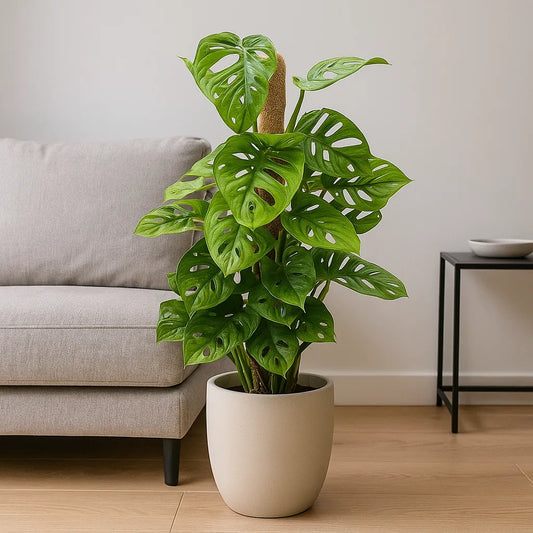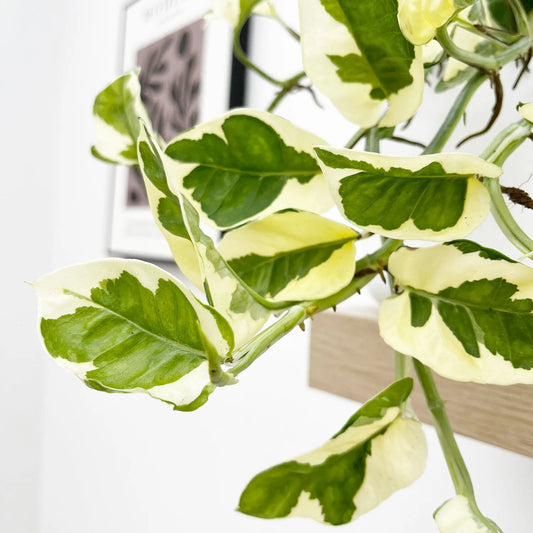Top tips to increasing humidity for houseplants
Many houseplants, especially tropical species like ferns, thrive in high humidity. If your indoor environment is too dry, there are several methods you can use to increase the humidity for your houseplants:
-
Mist your plants: Use a spray bottle filled with water to mist your plants' leaves regularly, at least once a day. This method provides a temporary increase in humidity and is particularly useful for ferns and other delicate plants.
-
Use a humidity tray: Place a shallow tray filled with water and pebbles under your plant's pot. As the water evaporates, it increases the humidity around the plant. Make sure the bottom of the pot is above the waterline to prevent root rot.
-
Group plants together: By grouping several plants close together, you create a microclimate with higher humidity. The plants release moisture through a process called transpiration, which raises the humidity in their immediate surroundings.
-
Use a humidifier: A humidifier is an effective way to increase the humidity in a room consistently. Place a humidifier near your plants, and make sure to monitor the humidity levels to prevent over-humidifying the space.
-
Grow plants in terrariums or glass cloches: Enclosed environments like terrariums and glass cloches can help maintain high humidity levels for plants that require it. Just be cautious not to create an overly damp environment, which could promote mold or mildew growth.
-
Keep plants in the bathroom or kitchen: Both the bathroom and kitchen typically have higher humidity levels due to activities like showering and cooking. If there's adequate light, consider placing your humidity-loving plants in these rooms.
-
Drape a damp cloth over a radiator or heater: If you're using radiators or heaters during colder months, they can dry out the air. Drape a damp cloth over the radiator or heater to increase the humidity as the water evaporates. Make sure it's safe to do so and doesn't pose a fire risk.
-
Boil water: Boiling water on the stove releases steam into the air, which can help raise humidity levels temporarily. This method is especially useful during winter months when indoor air tends to be drier.
Remember to monitor the humidity levels in your home, as excessive humidity can lead to mold and mildew growth. The ideal humidity for most houseplants is between 40% and 60%. Investing in a hygrometer can help you track humidity levels and make adjustments as needed.
By using one or more of these methods, you can create a more humid environment for your houseplants, helping them thrive and maintain their health.











Leave a comment
Please note, comments need to be approved before they are published.